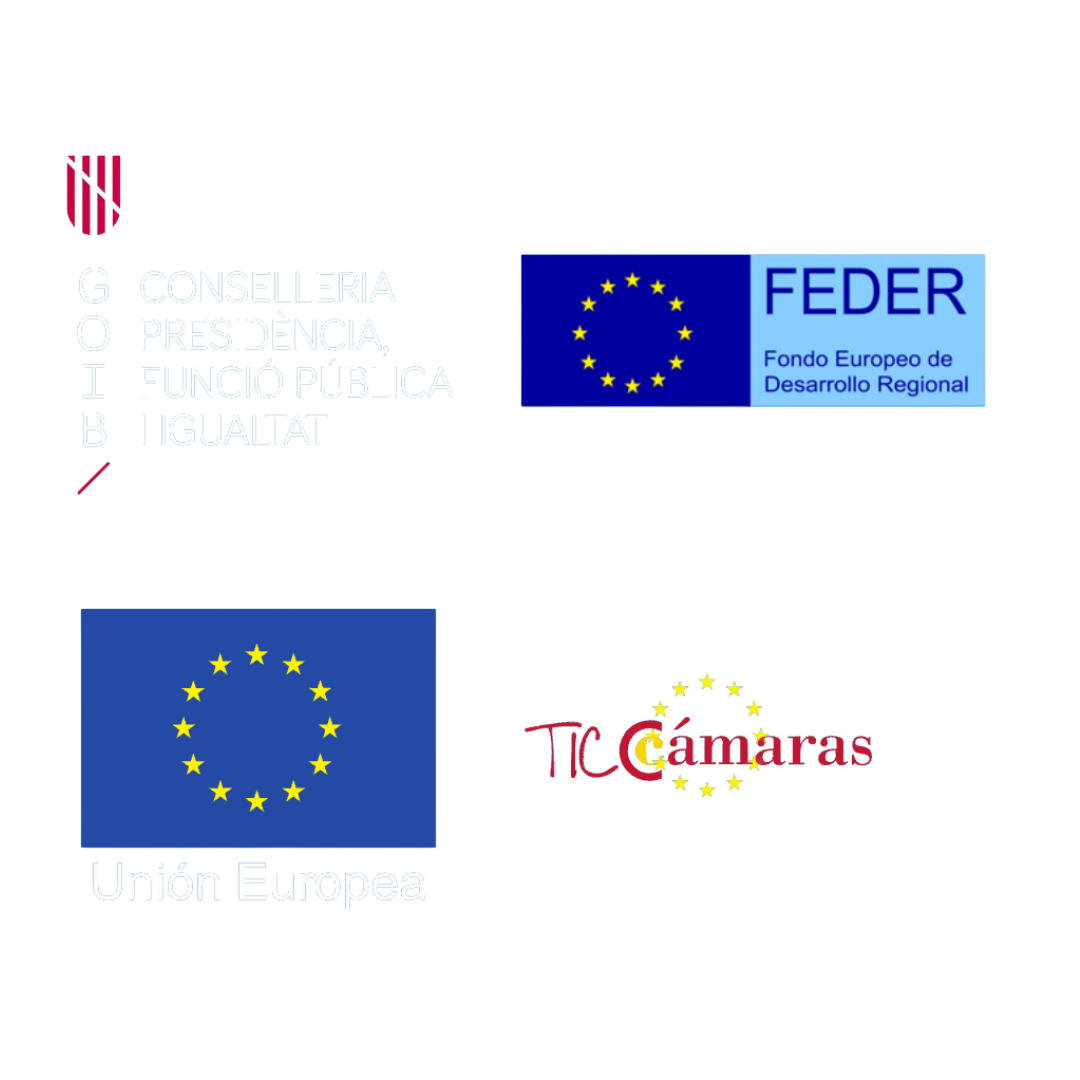If you own land in Spain or are planning to buy one, you might have noticed how confusing the information about the surface area can be. The Property Registry, the Land Registry (Cadastre), and the actual land measurement often don’t match — and that can cause serious issues when selling, buying, or registering property.
To help you understand what to do, here’s a complete guide on how to rectify discrepancies in land measurements under Spanish law.
Why are there different land measurements?
The Land Registry is an administrative record that identifies the physical characteristics of a property, while the Property Registry legally protects ownership rights. These two systems have operated separately for decades, which has led to inconsistencies between recorded and real measurements.
With the reform introduced by Law 13/2015, of June 24, both registries are gradually being coordinated to eliminate these discrepancies. Still, differences remain, and correcting them depends on the percentage variation between the recorded and actual surface areas.
What should you do if your land has more square meters than registered?
Before taking any action, consult a real estate lawyer who specializes in property law. These proceedings can take time, require several official documents, and the applicable regulations change frequently.
If you’re thinking about selling, it’s best to resolve the surface discrepancy in advance. Buyers and notaries will require consistency between the cadastral and registered data before the sale can proceed.
Legal procedures to rectify land measurements
The Mortgage Law (Ley Hipotecaria) provides two possible procedures depending on the difference in area.
1. Article 201.3 of the Mortgage Law: Difference under 10%
This is the simplified procedure, handled directly before a notary.
- If the difference does not exceed 10%, it can be rectified with a descriptive and graphic cadastral certificate showing that the land in the certificate fully matches the property in the registry.
- If the difference is under 5%, it can be done simply with the owner’s statement.
Once the rectification deed is signed, the Property Registrar will verify the accuracy and issue a ruling.
If there are doubts — for instance, prior separations, overlapping plots, or possible duplicate registrations — the Registrar may reject the correction.
If no doubts arise, the process continues and the neighbors will be notified.
2. Article 201.1 and 203 of the Mortgage Law: Difference over 10
This is the dominical file procedure, used for larger discrepancies.
It is also processed before a notary, who will collect all required documentation and send it to the Registrar.
The Registrar then has 15 days to review and issue a certificate confirming the requested rectification.
- If justified doubts exist, the Registrar may refuse registration.
- If approved, the rectification is noted and remains valid for 90 days, extendable to 180 days.
Next, the notary will notify all affected parties, including neighbors, giving them one month to present objections.
If any opposition occurs, the notary will halt the process and the property owner must pursue a judicial procedure before the Court of First Instance where the property is located.
If no objections arise, the Registrar proceeds with registration and orders publication in the Official State Gazette (Boletín Oficial del Estado).
Why act now?
Since the reform of the Mortgage Law, registering excess area has become more restrictive — from 20% down to 10%.
Future changes could make this process even more complex.
That’s why at Frau Legal, we recommend addressing these discrepancies as soon as possible to avoid longer, costlier legal proceedings later.
Recommended resources







